Salep: A Warm Embrace in the Bosphorus Chill

As winter descends upon the ancient city, Istanbul’s streets come alive with the comforting warmth of salep. Imagine yourself wrapped in a cozy scarf, wandering through historic streets as the enticing aroma of cinnamon draws you to a nearby street vendor. Without spilling a drop, he tilts his copper kettle to pour a thick, creamy liquid into cups, eagerly awaited by customers braving the Bosphorus chill. Topping each cup with a generous sprinkle of cinnamon, the vendor hands the steaming drinks to soft, red fingers reaching out for familiar warmth.
What is Salep?
Salep is a hot, creamy beverage made from the flour of wild orchid tubers (sahlep). When added to milk and sugar and brought to a boil, the starchy tubers create a rich, velvety texture and a mildly sweet, floral aroma. A well-made cup of salep is smooth, frothy, and gently sweet—any bitterness signals that too much sahlep flour was used in the mix.

Flowers of the Sahlep plant (Orchis mascula)
A Journey Through History
Salep traces its origins back to the Hittite civilization in Anatolia, as far back as the 15th–12th centuries BCE. It gained popularity in Istanbul during the Ottoman period, enjoyed by both the elite and common folk. Believed to offer various health benefits, salep was valued for soothing sore throats, aiding digestion, and even serving as a “fattener” for young women before marriage.
Culinary Relatives and Global Presence
The journey of salep began in Mesopotamia, eventually spreading through the Ottoman Empire to places like Greece, the Balkans, and North Africa. Its culinary relatives include sahlab in the Middle East, salop in England, and other orchid-based drinks across the Balkans and Greece. These migrations reflect the historical trade routes and cultural exchanges that shaped the rich culinary traditions of these regions. As Jane Austen beautifully describes;
“Tea is great, coffee greater; chocolate, properly made, is for epicures; but these are thin and characterless compared with the salop swallowed in 1826,” —Jane Austen
Salep in Traditional Ice Cream
Sahlep flour is also a key ingredient in classic Turkish ice cream, known as dondurma (literally “frozen”). It lends the ice cream a uniquely chewy, stretchy texture, making it both fun and fascinating to eat. The starches in salep act as a natural stabilizer, preventing large ice crystals from forming and giving the ice cream its signature elasticity and resistance to melting. This same thickening property is also what give the hot drink its velvety texture.
Modern-Day Enjoyment
Despite its ancient origins, salep remains a beloved winter drink in Turkey. It’s found in cafes and from street vendors, especially during the colder months. The Kahramanmaraş region in Turkey is known for producing some of the highest-quality sahlep flour, but due to the high demand, the wild orchids used for sahlep production are now protected. This scarcity has led to the use of artificial flavouring in instant salep mixes, but traditional vendors in Istanbul still offer the authentic drink. (This article by Gastro Obscura describes the current scarcity of supply and historic perspectives on Salep)
A Taste of Tradition
If you find yourself in Istanbul during the winter, don’t miss the chance to try a hot cup of salep! In its warm embrace, you’ll find the flavours of Istanbul’s past and a taste of winter magic that’s been cherished for generations. As you savour the warmth and richness of salep, it’s easy to see why Istanbul’s winter street drinks have held a special place in the hearts of locals for centuries. But salep is just the beginning. For another taste of Istanbul’s rich winter traditions, stay tuned for our next article on boza—a thick, tangy drink beloved by generations and served with a side of nostalgia. Discover how boza is made and how its unique flavour and history continue to warm the city’s streets each winter night.
Istanbul’s cuisine is not a story of invention but of conversation, where Thracian settlers, Greek tavern-keepers, Armenian bakers, Jewish exiles, Kurdish migrants, and Ottoman courts all left their mark on the city’s table.
Preserving food wasn’t a hobby. It was survival, celebration, and creativity all at once.
Mediterranean diet is about memory, movement, and meals that satisfy body and soul.
Before it was a health trend, yogurt was medicine, snack, and staple: fermented on horseback, shared across empires, and still echoing in every spoonful today.
Shared meals don’t just feed the body. They knit our hearts together, heal loneliness, and keep old stories alive at the table.
What if tradition wasn’t about perfection or the past… but about adapting wisdom for a better life today?
From leaves to molasses, from sour to sweet — the grape vine carries 10,000 thousand years of Anatolian wisdom into every season.
More than flavour, preservation is geography, memory, and thousands of years of learning to listen to the land…
Before there were books or blueprints, there were mothers—teaching us how to live, protect, and remember.
The future of your health — and the planet — might depend on something as simple as choosing a ripe tomato in season…
In ancient Mesopotamia, onions were written into cuneiform tablets as food and medicine. In Egypt, they were…
Bayram was more than a holiday; it was a feeling—a time when homes filled with the scent of baklava, laughter echoed through bustling kitchens, and new shoes waited eagerly…
As the sun dips below the horizon, a distant cannon shot and the call to prayer signals the end of the fast. Istanbul’s streets come alive with the scent of freshly baked Ramazan pidesi…
From the spices of the arid southeast to the vegetarian dishes of the Mediterranean…This is the tale of how climate shapes cuisine.
The warm scent of freshly baked simit drifts through Istanbul’s winding streets, mingling with the rhythmic calls of simitçi and the hum of the city’s soul…
Fresh milk was sacred for Turkic nomads, but its true magic lay in its transformation into a variety of products that could sustain them through the harshest of climates in…
Istanbul, where East and West collide. The ancient metropolis awakens to New Year's...
From the sesame-crusted simit carts to the fresh roasted chestnuts, the tender grilled fish sandwiches, and the fiery midye dolma of Istanbul streets, walk with me through flavours that unite a city, where...
With its deep roots in history and culture, Turkish Coffee is an irreplaceable part of Turkish social life. From brewing to fortune-telling, it is a shared...




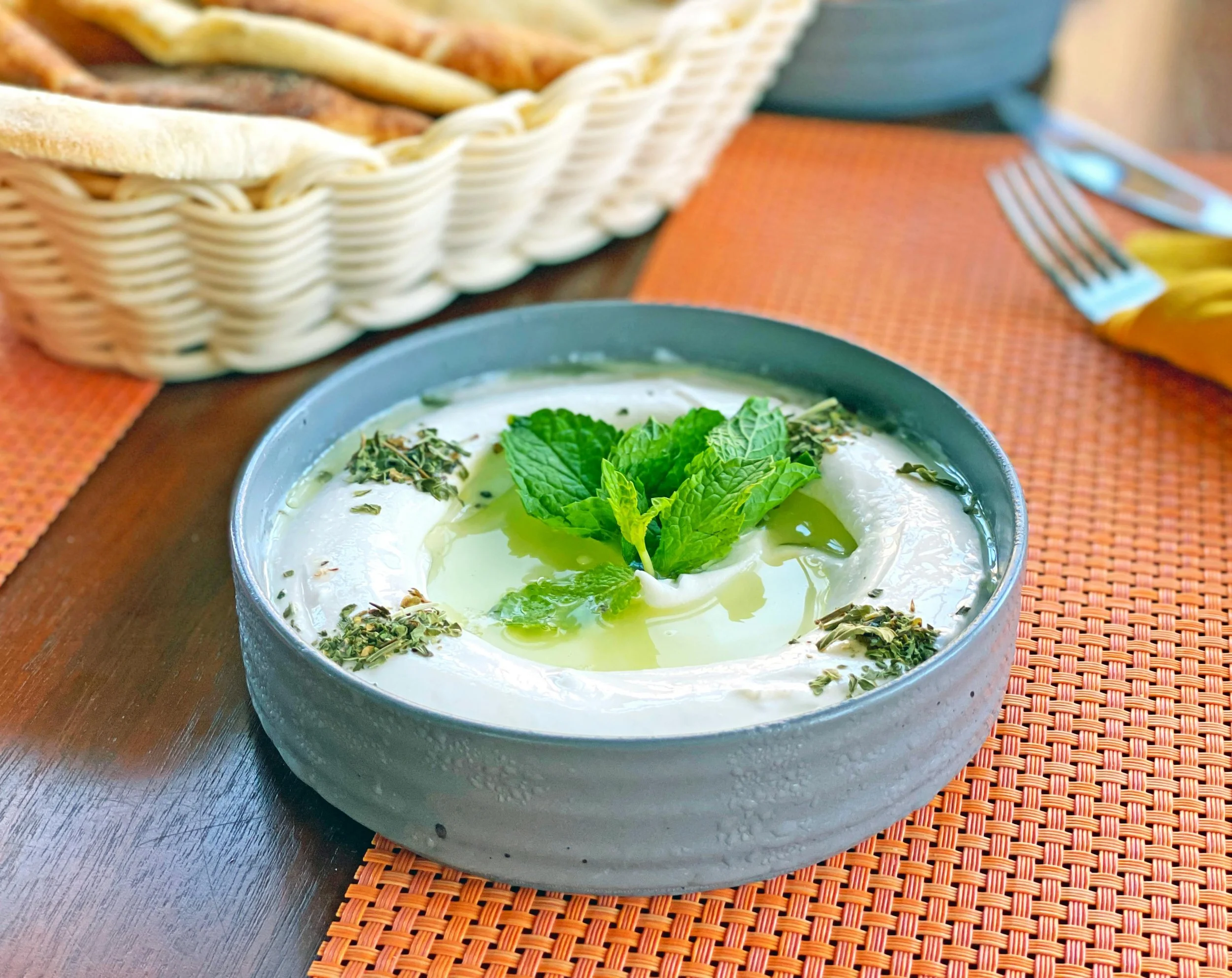

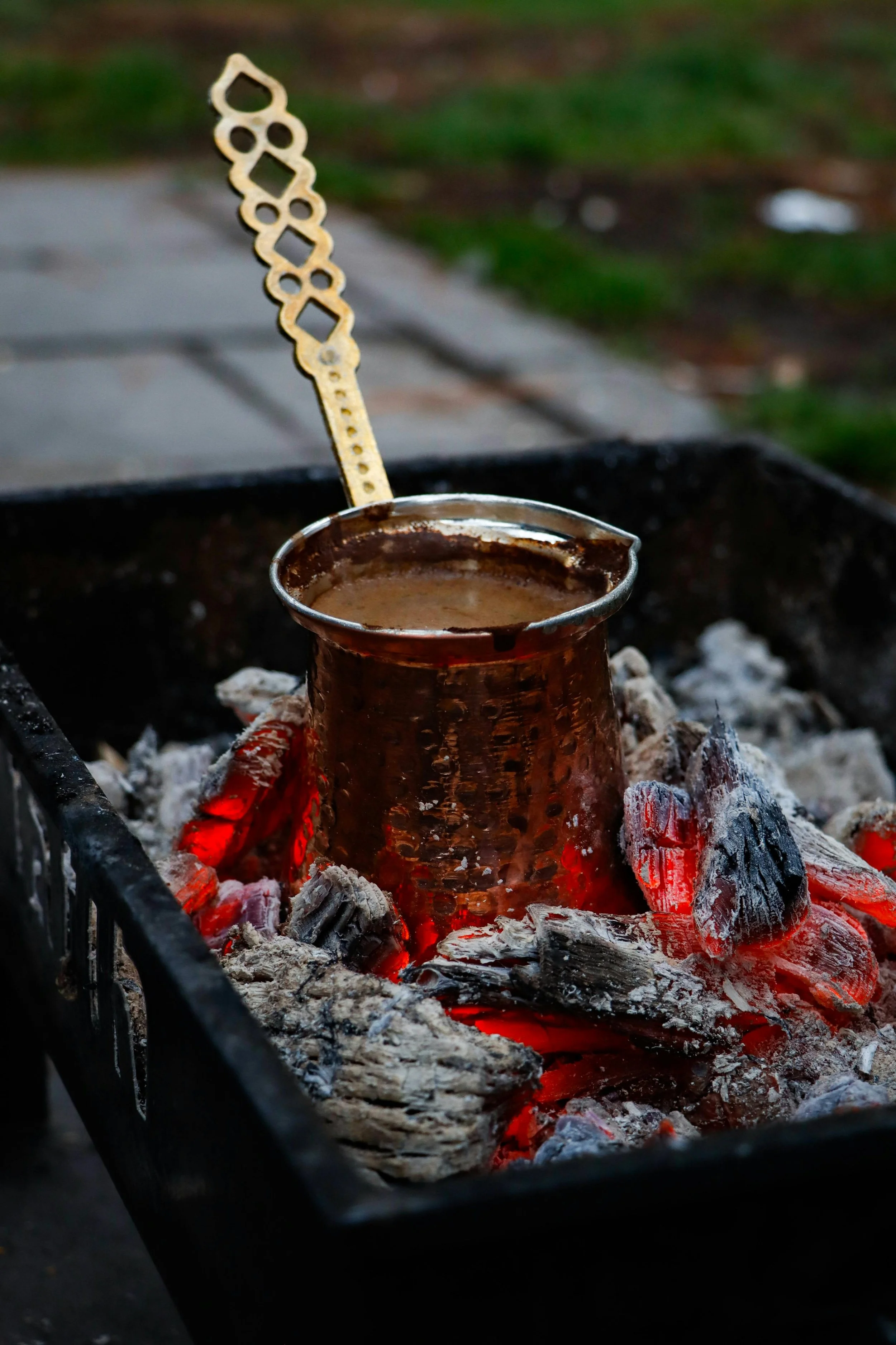






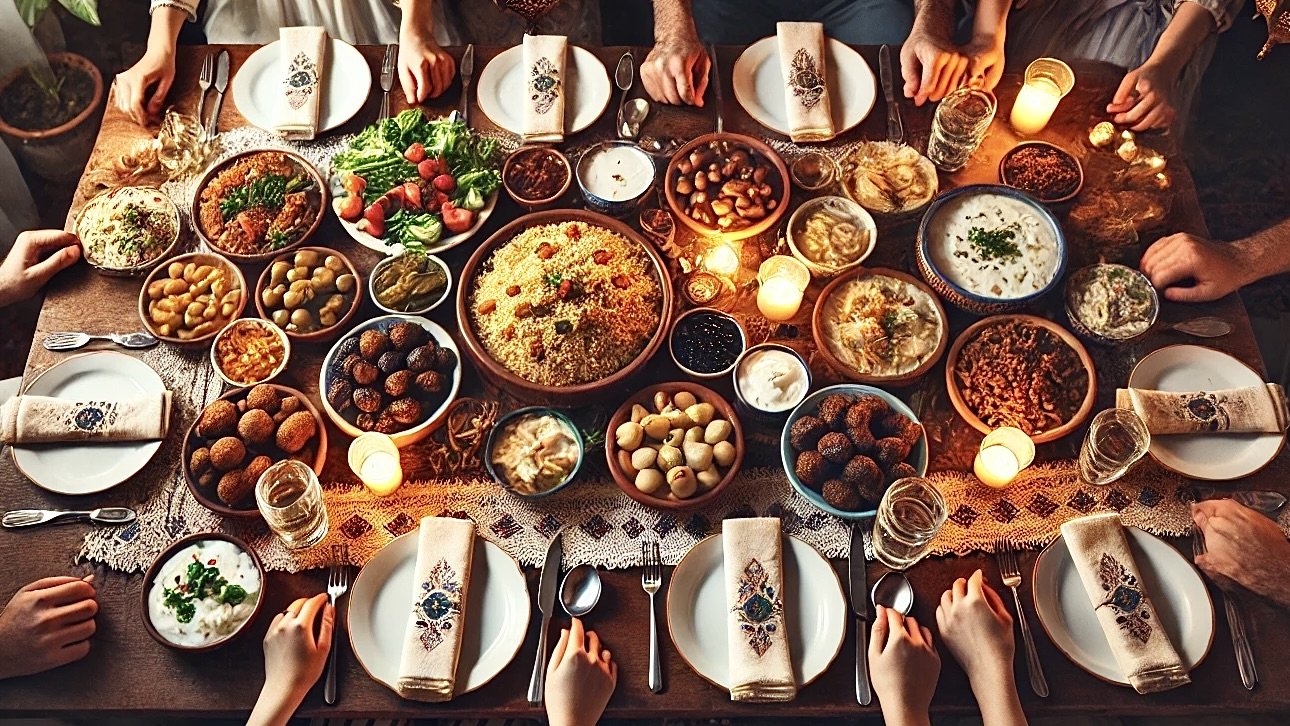

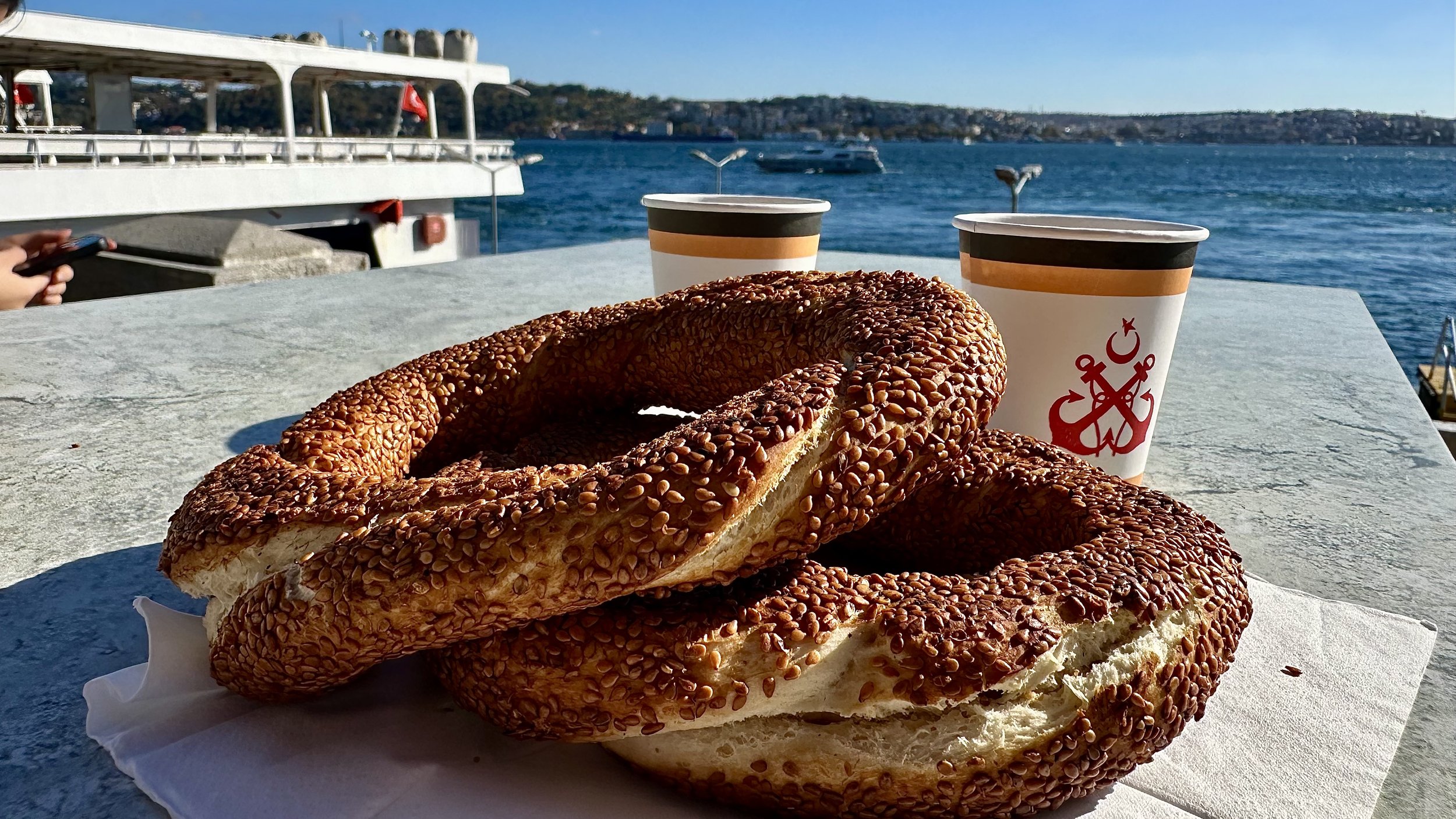
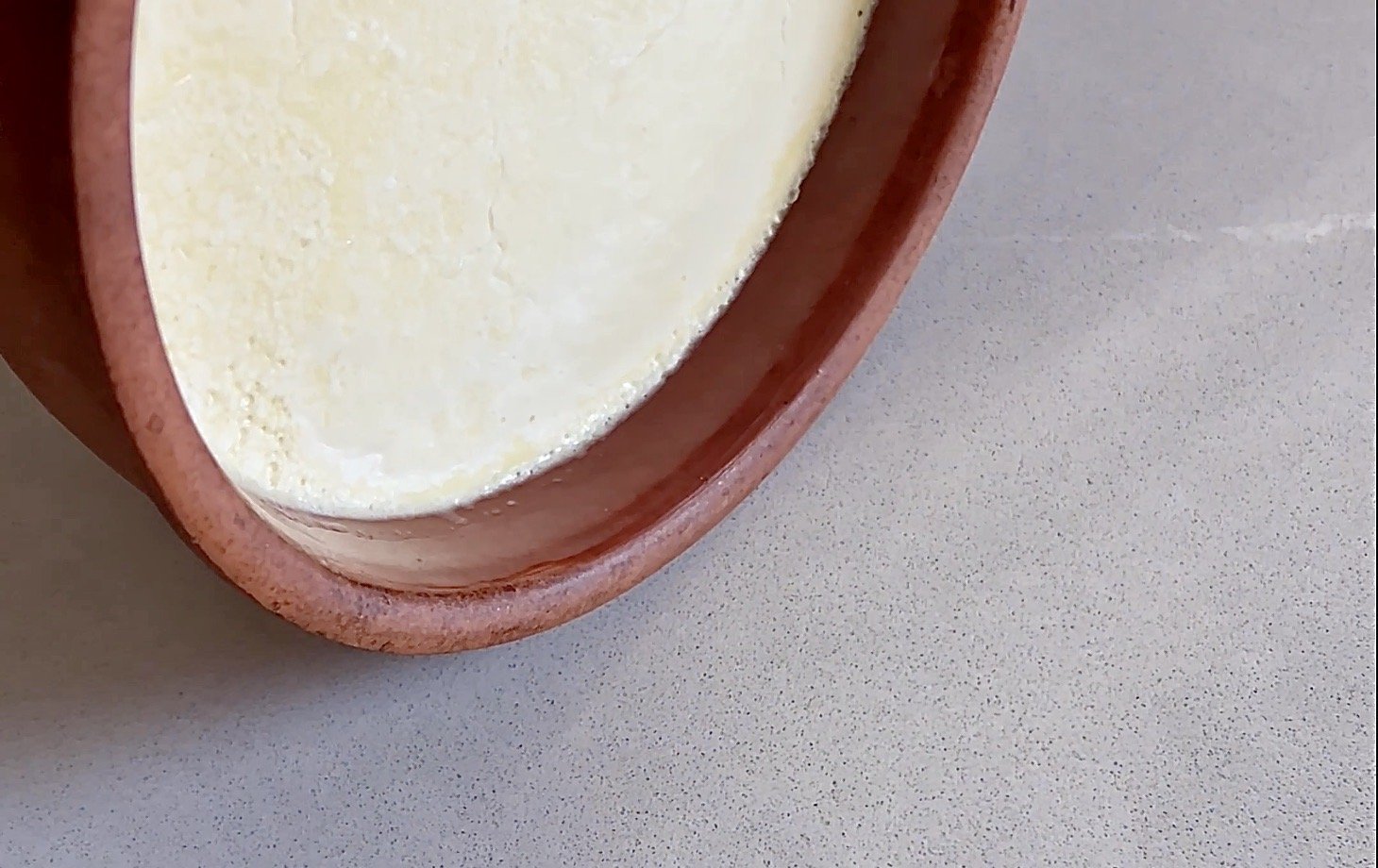



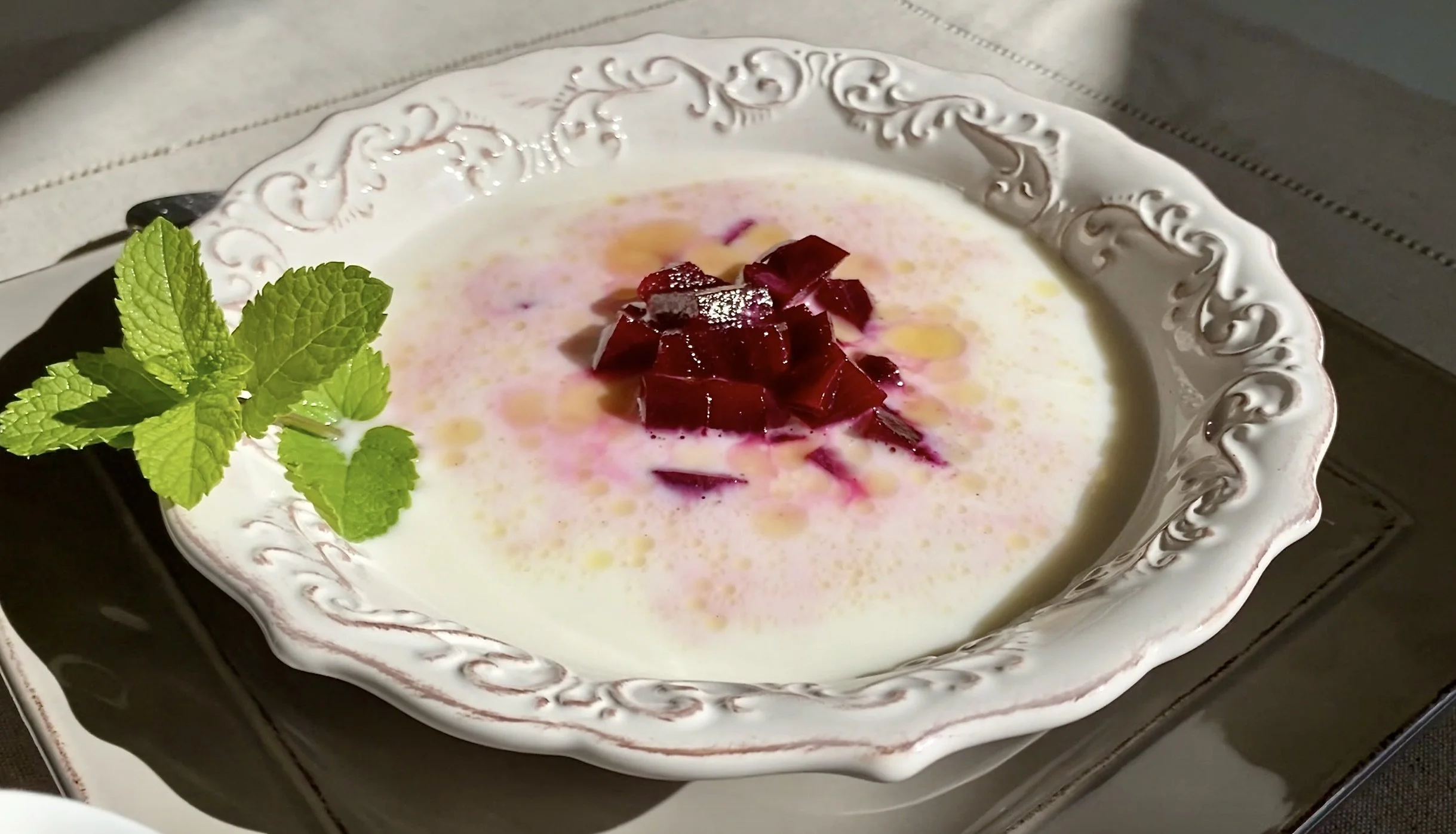

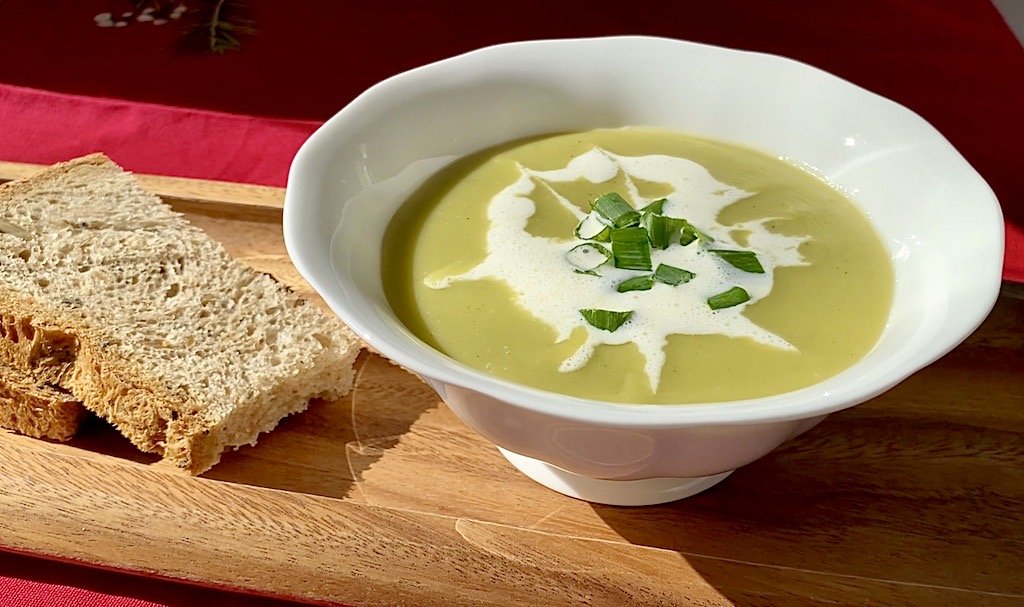

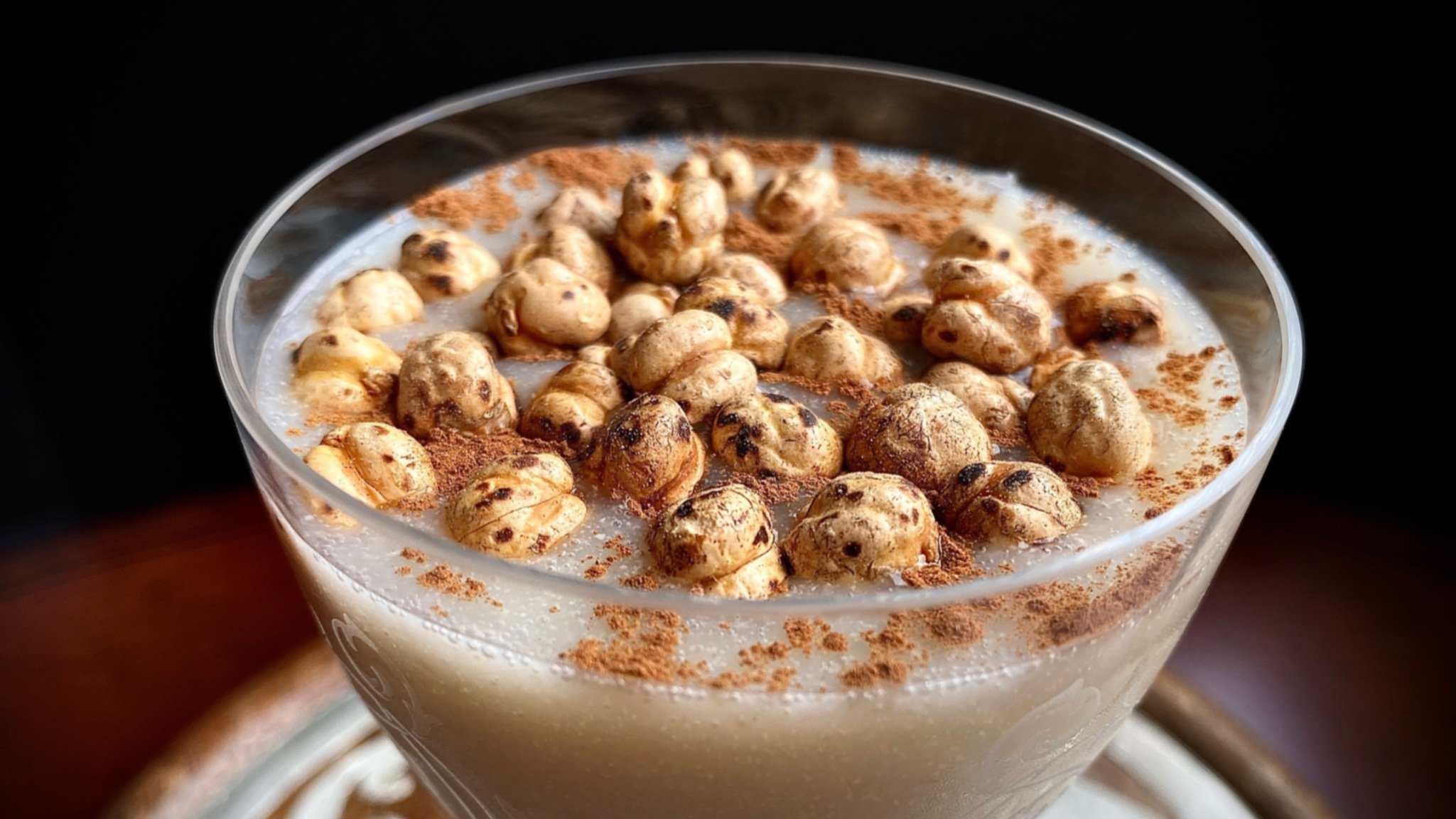
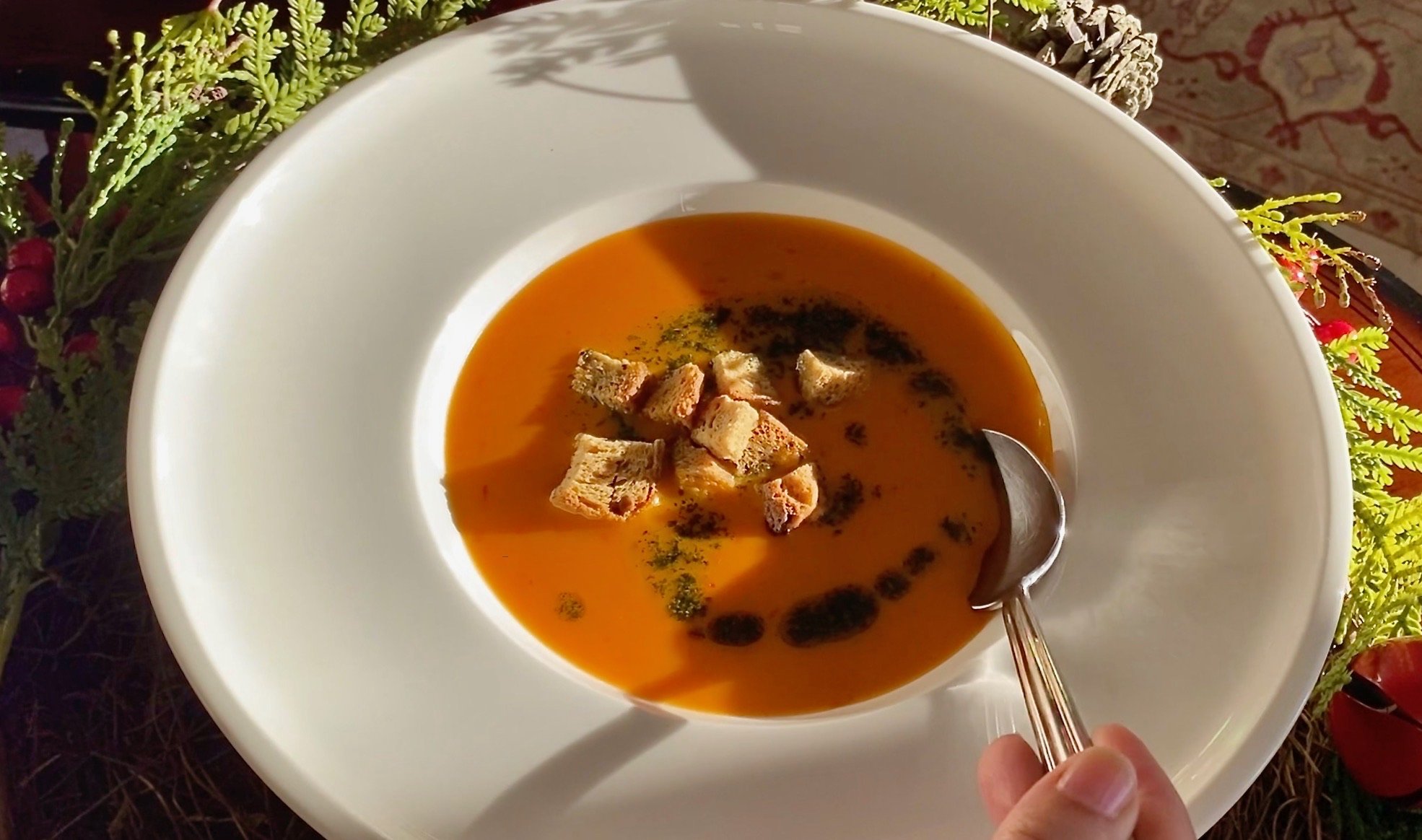
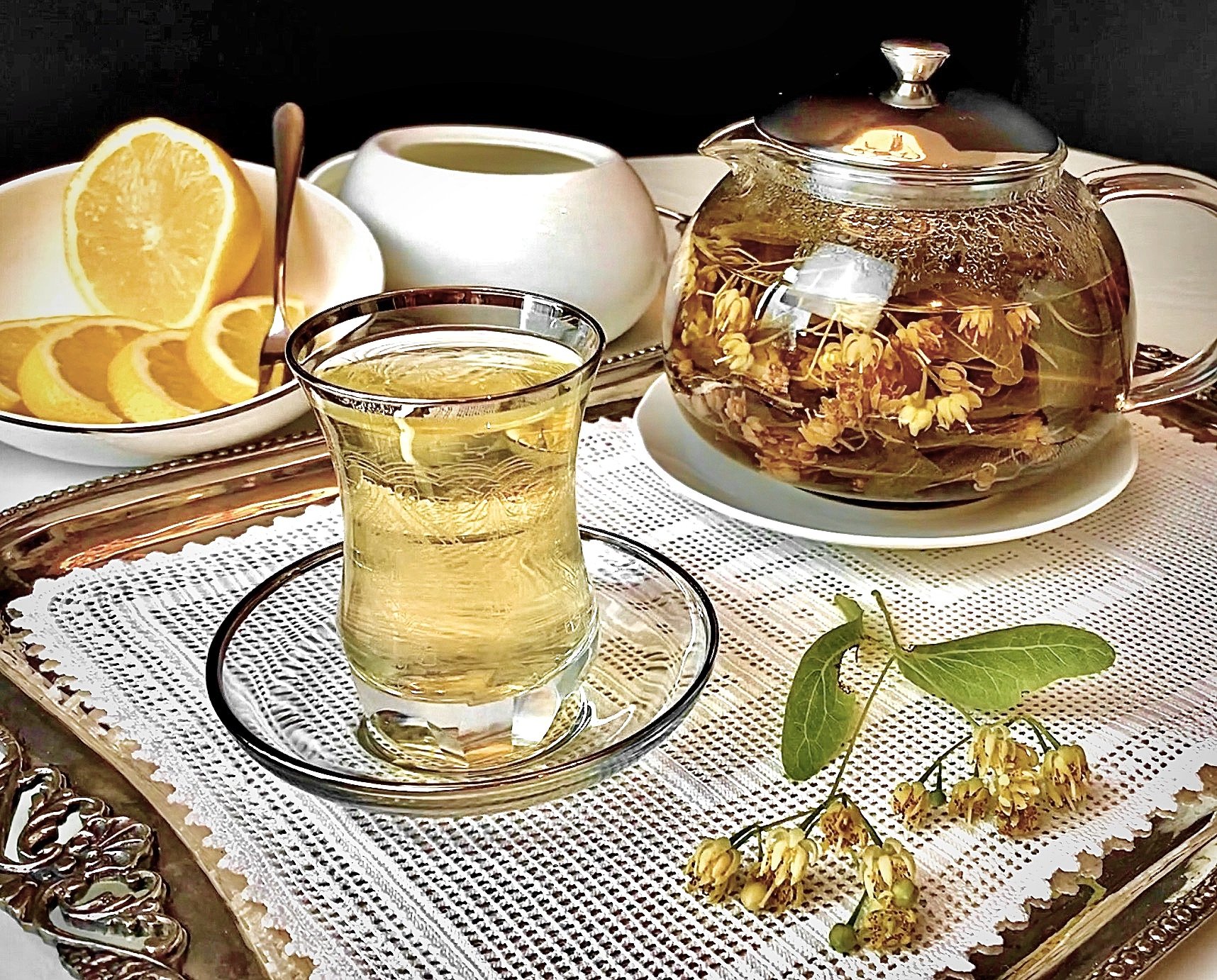
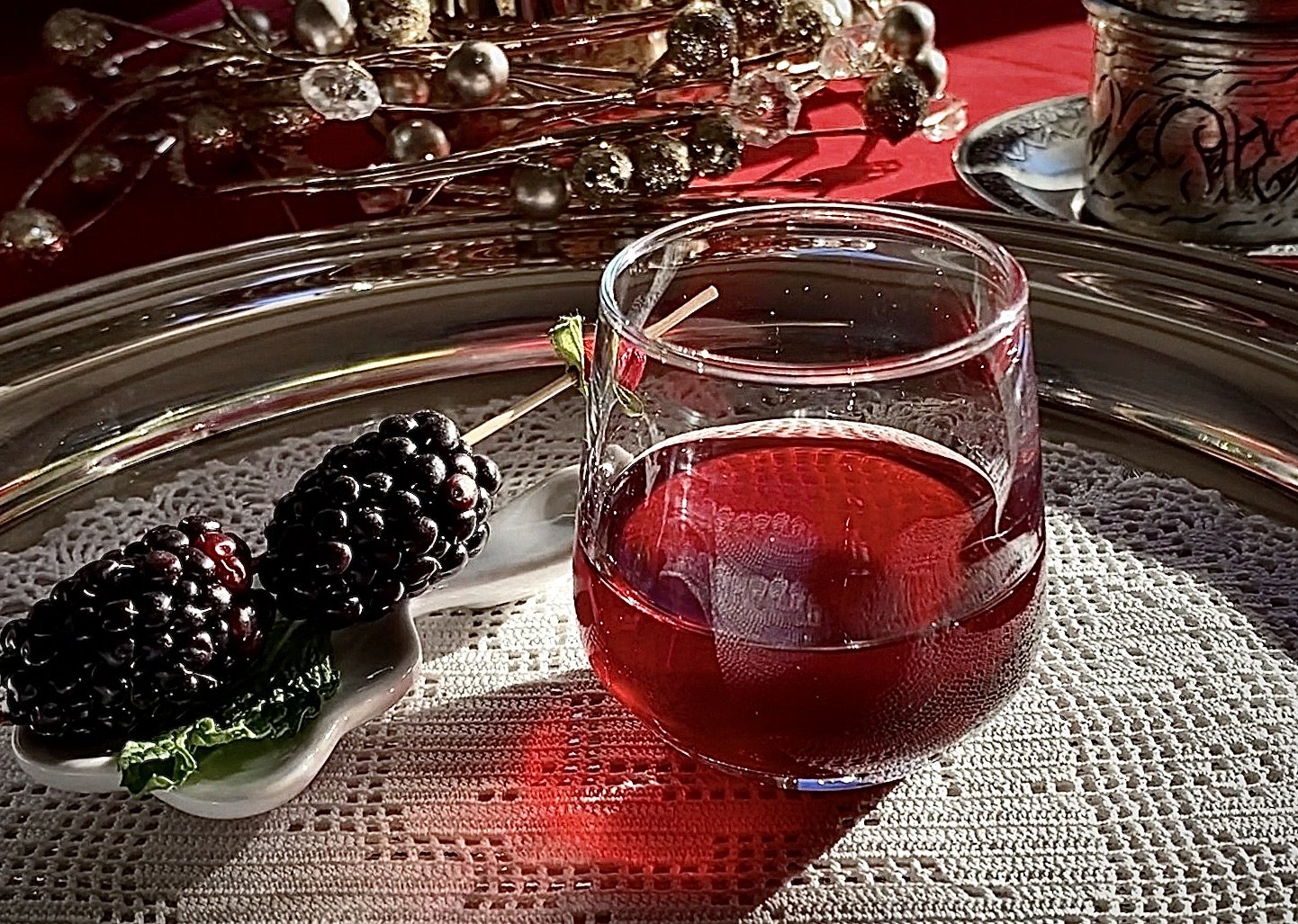

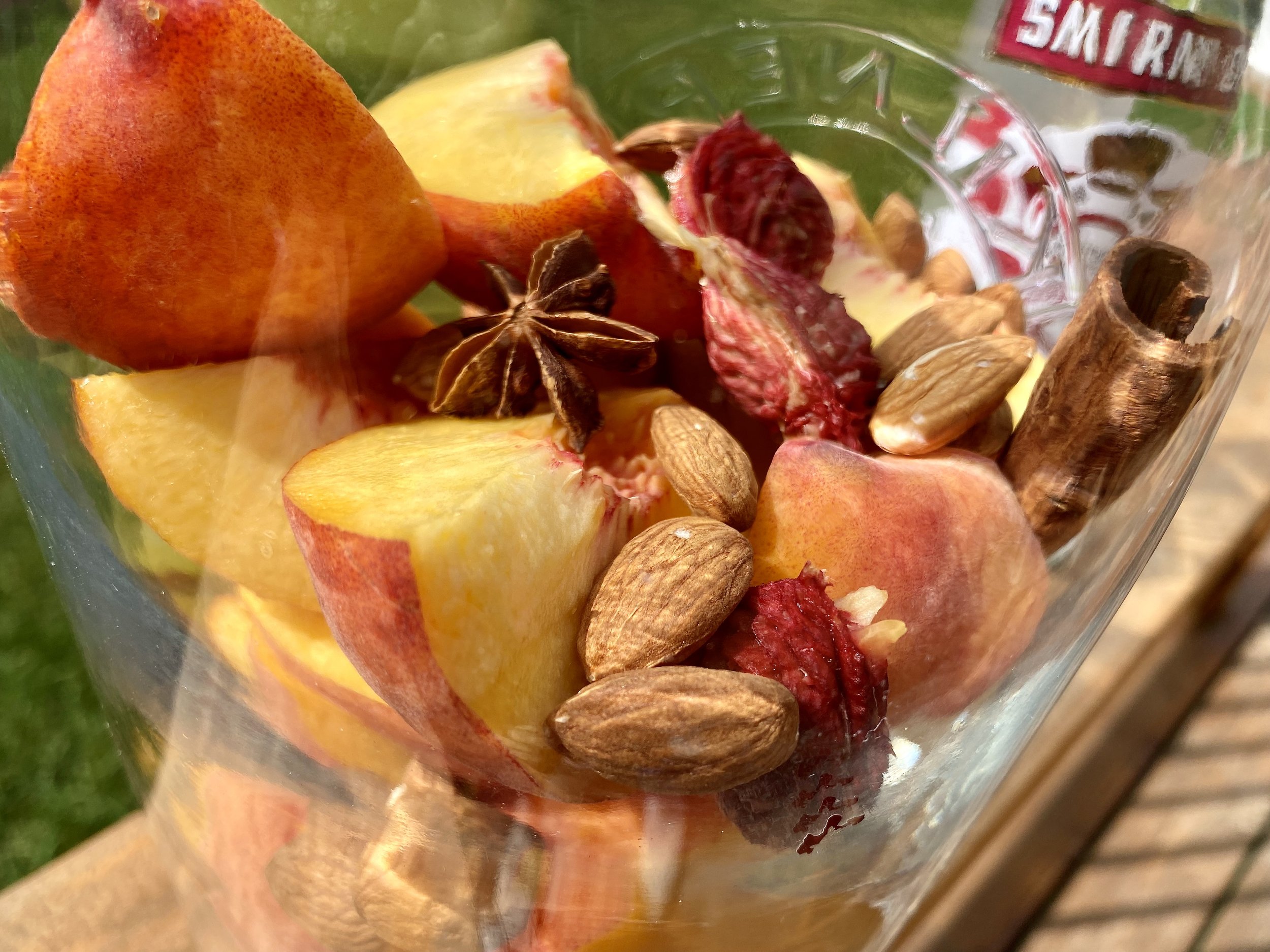
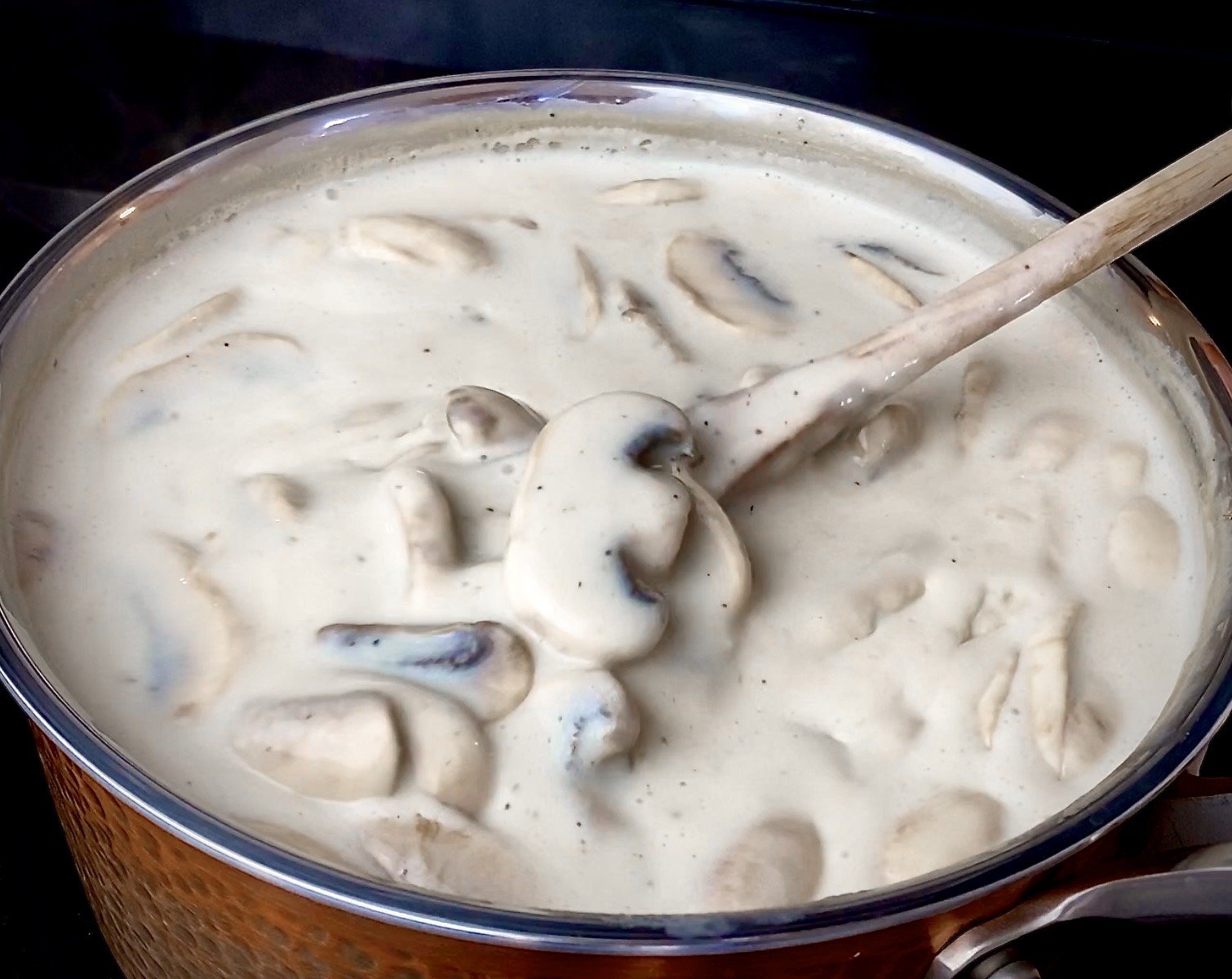
From jars of tangy probiotic pickles to real fruit leathers and vitamin-rich tarhana soup mix, we share how a Mediterranean family in Canada prepares their pantry for the long winter, with recipes rooted in tradition, adapted for today.